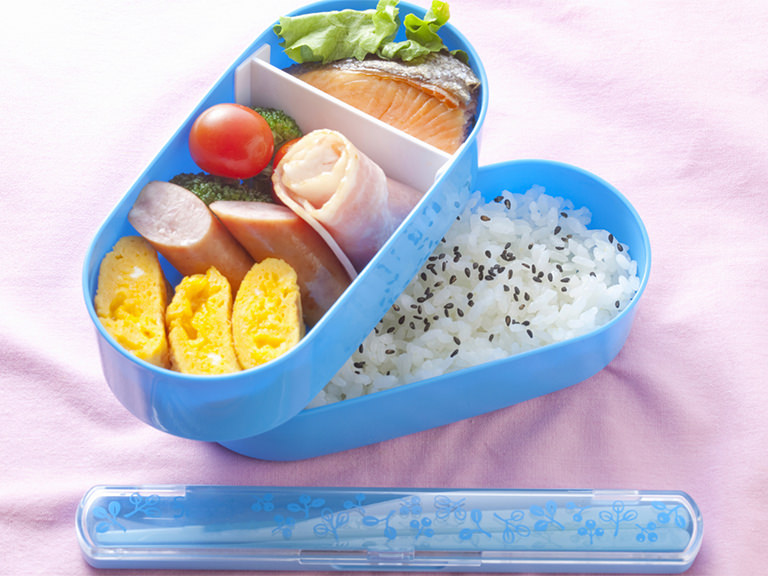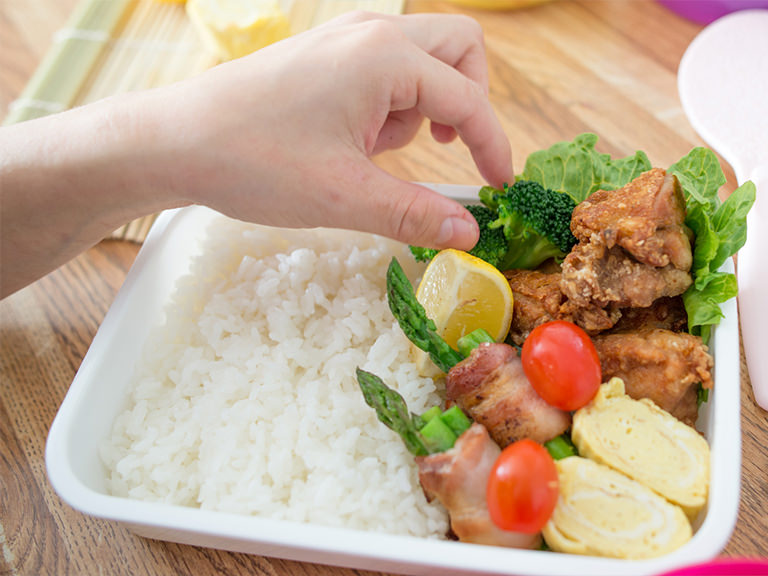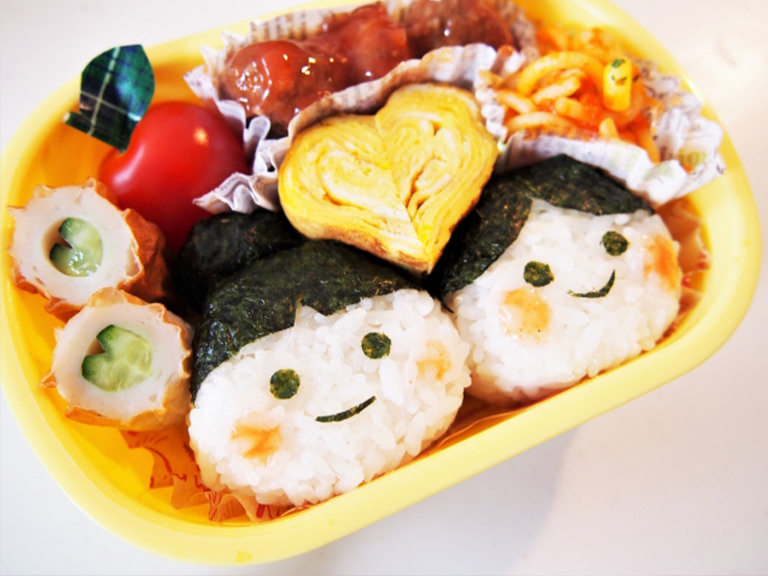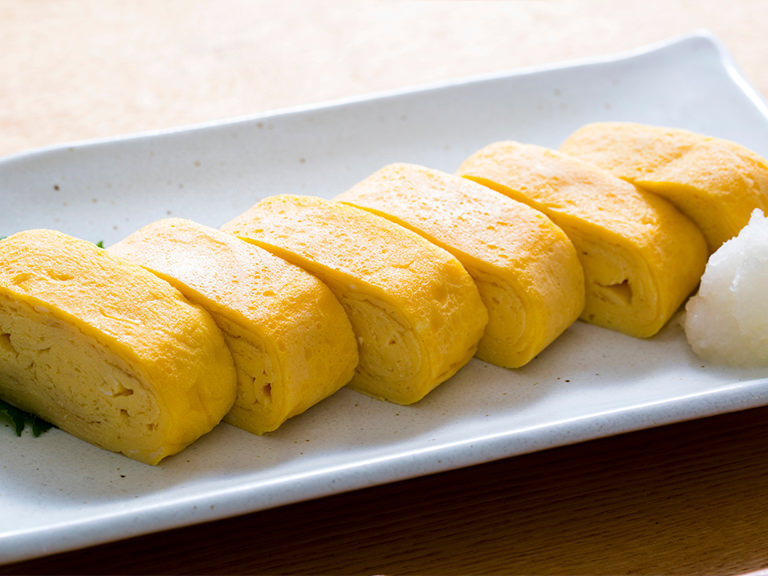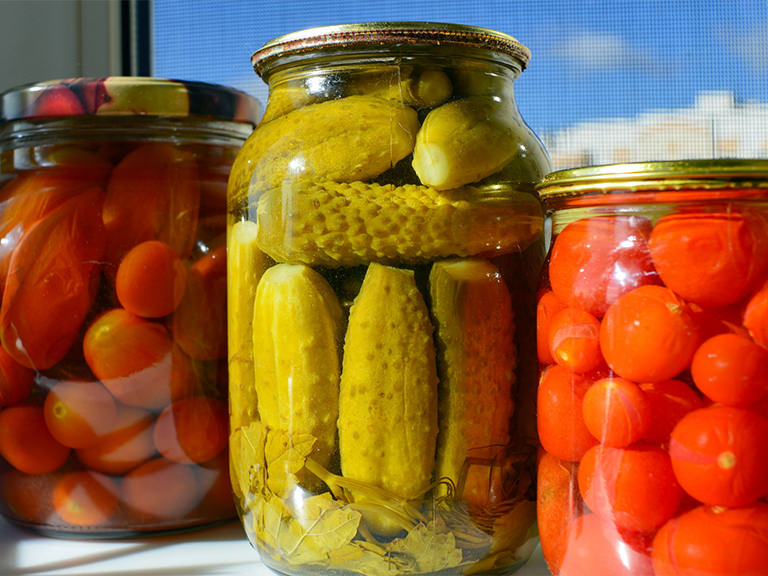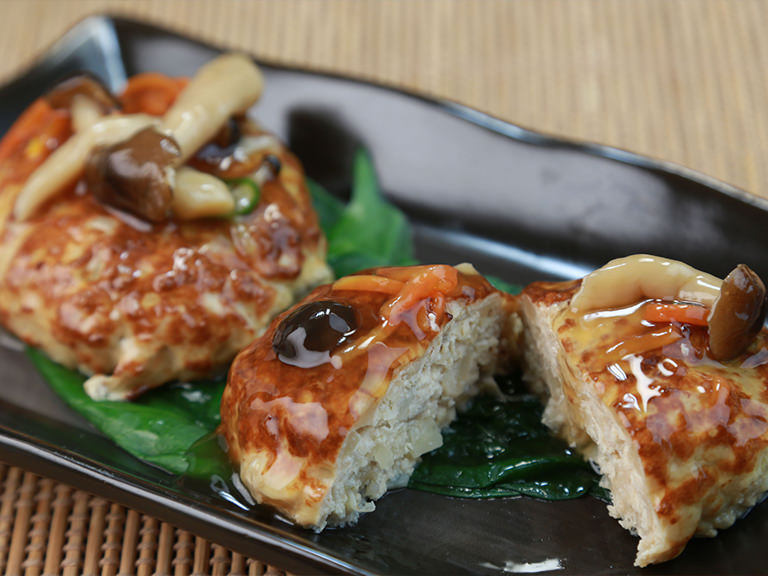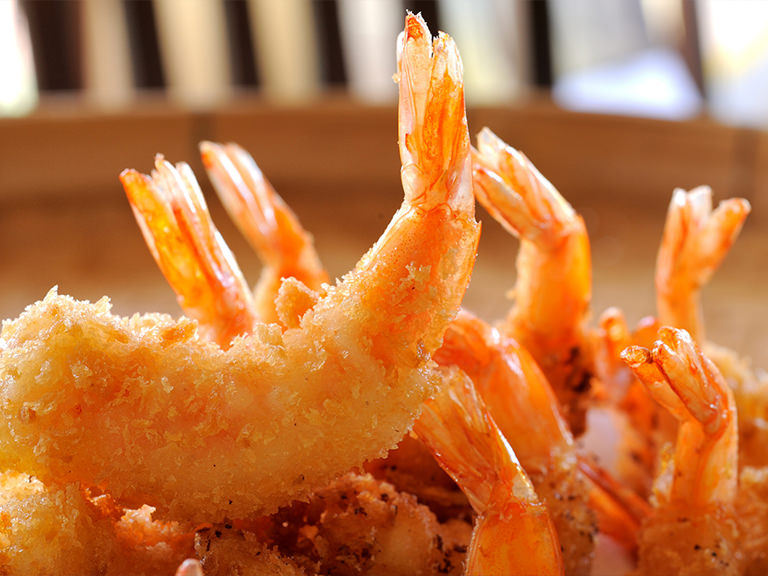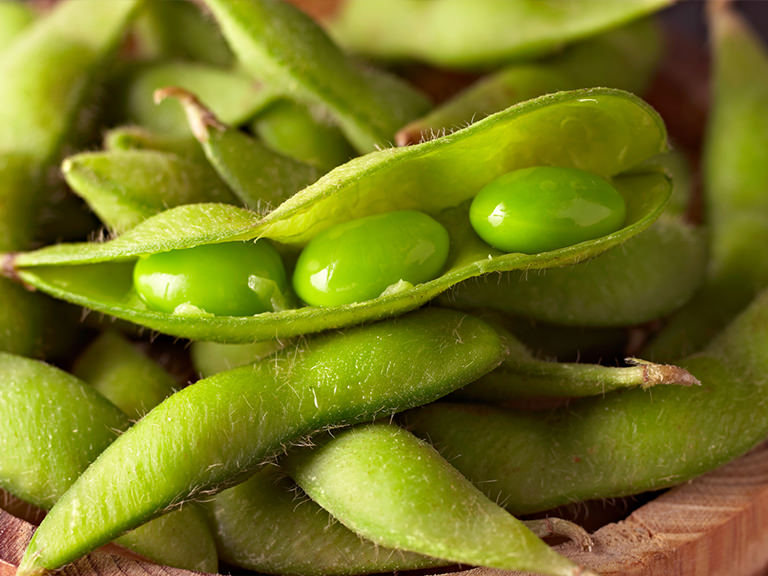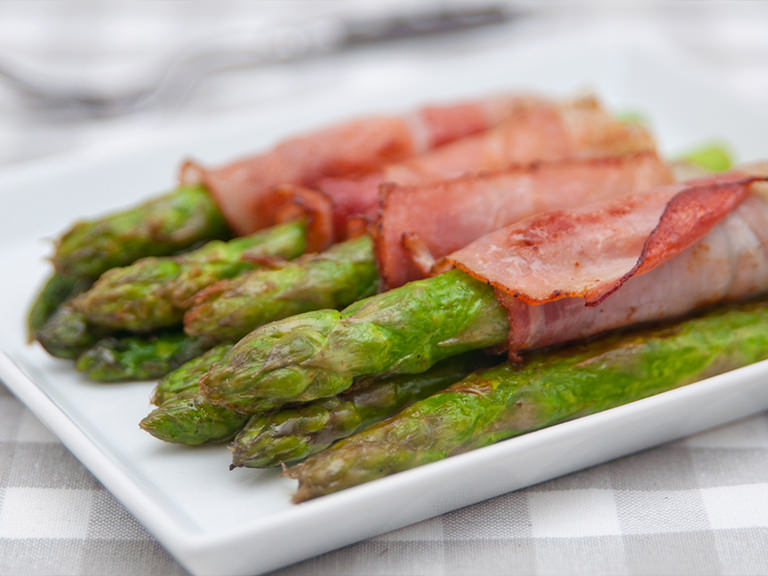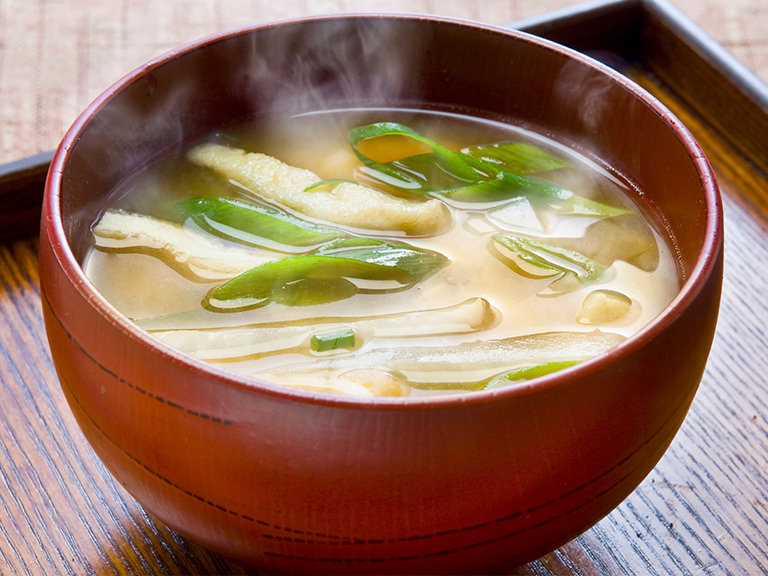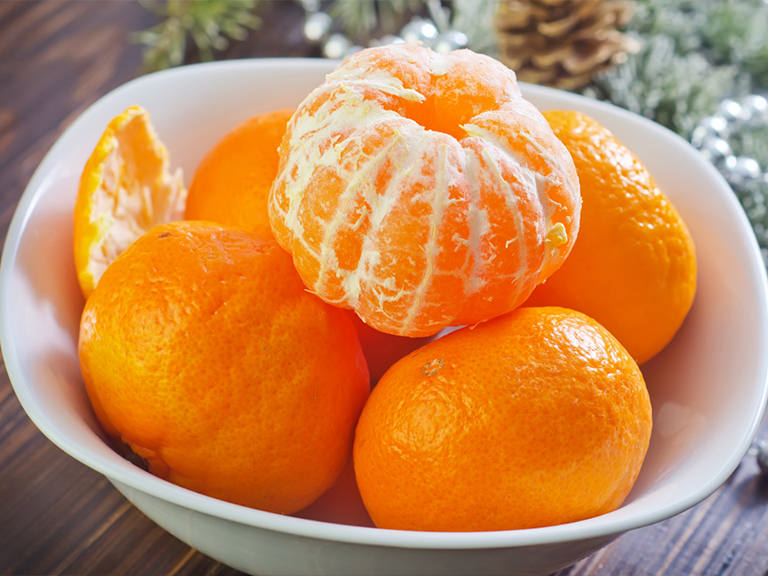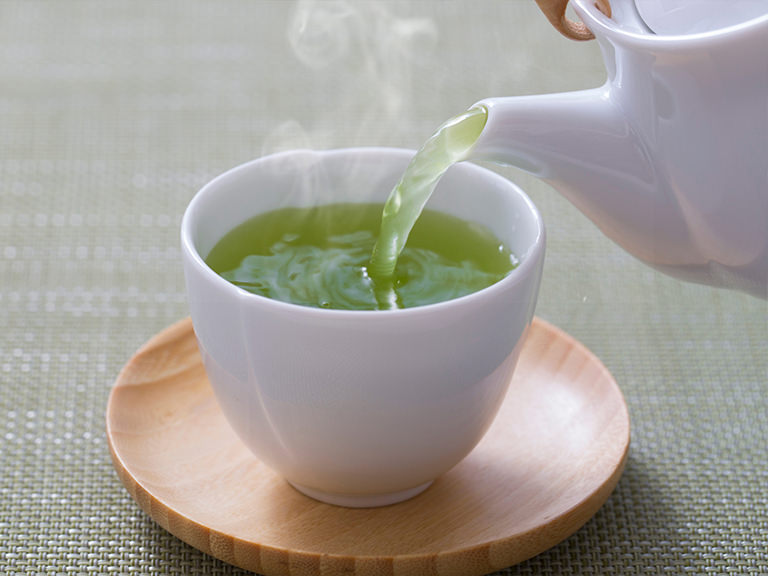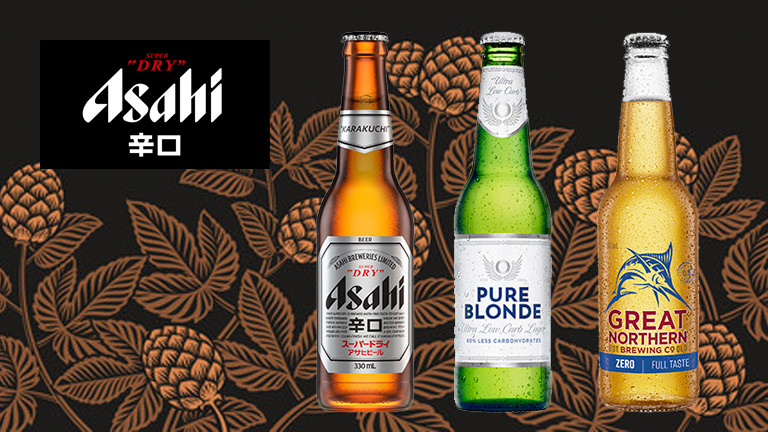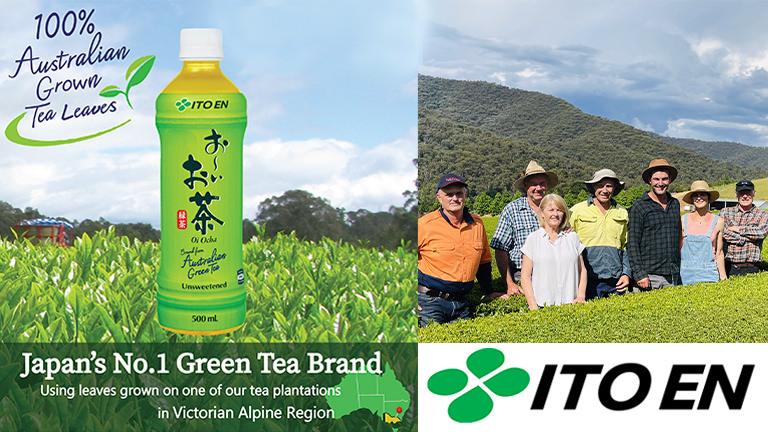A Japanese bento is truly a work of art. They are carefully crafted to look and taste their best when the lid of the bento box is opened.
The Japanese are particular about the way they pack their bentos, not only because they want them to look beautiful, but also because they want to ensure that different flavours of food are not mixed together. The food in the bento is cooked and seasoned in a way that is appropriate for each ingredient, so if the flavours are mixed up, the food will not taste as good as it should.
The colours and layout of the bento are also designed to provide a visual treat for the person eating it. Sometimes the bento is divided into several tiers, with each level having a different theme to entertain the viewer. Consideration for the person eating the bento is very important in Japanese bento.
Here are 11 perfect and healthy Japanese bento ingredients suitable for picnics.

